Get Started: A beginner’s guide to home workouts from start to finish
We all need to start somewhere. In CNA Lifestyle’s new mini-series on things you can do at home, we break it down step by easy step, with help from some experts. This week, it’s how to start a fitness routine.
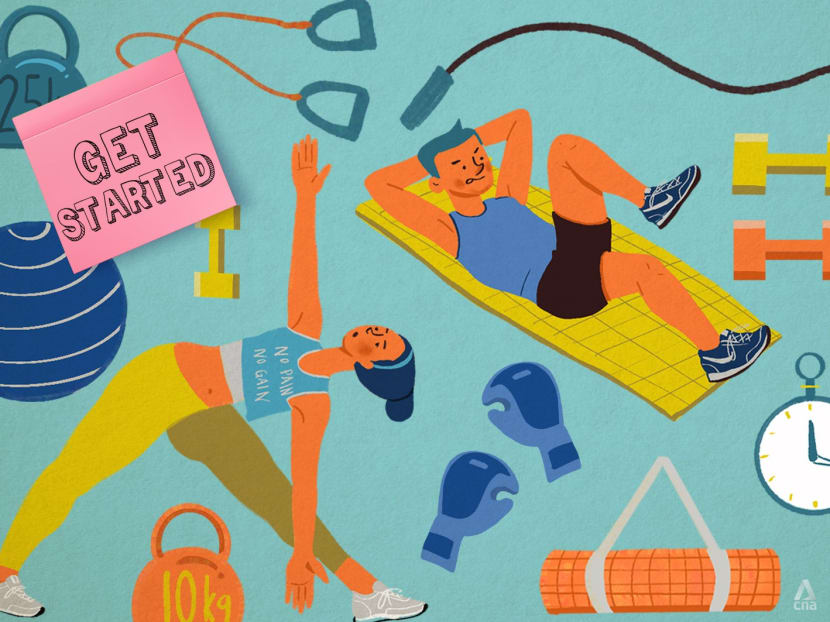
Get Started: Home workouts. (Art: Jasper Loh)
Whether it’s too much time spent watching Netflix from your couch, or that sedentary Work From Home lifestyle beginning to make you feel twice your age, it’s never too late to get fit.
And while it’s great to step outside and get sweaty, home workouts work fine, too. Not sure where to start? Here are some expert tips to get you on track.
1. PREP YOUR GEAR AND EQUIPMENT
First up: Wear clothes that allow you to move freely and don't restrict movement, such as a tank top, yoga pants or running shorts, said Jimmy Lim, an exercise experience coach at Virgin Active.
If you’ve no qualms about wearing shoes indoors, these provide traction and protect your feet from any random clutter lying around. But if you plan on keeping your home shoes-free, “going barefoot is absolutely fine if your floor is not too slippery”.
Alternatively, get a non-slip exercise mat, which also acts as a guide to how much space is needed for your workout.
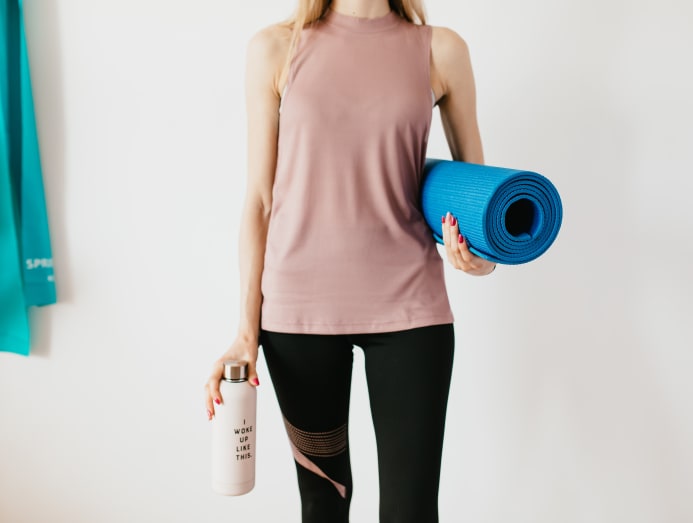
If you’ve got some previous gym experience (but haven’t been going for reasons COVID-19-related or otherwise), you might want to dig up your old workout gear.
“If you are used to going to the gym with a certain set of clothes, I would recommend that you wear that set of clothes. It gets you in the mind frame to start working out,” said Cris Chong, Fitness First Singapore’s national personal training manager.
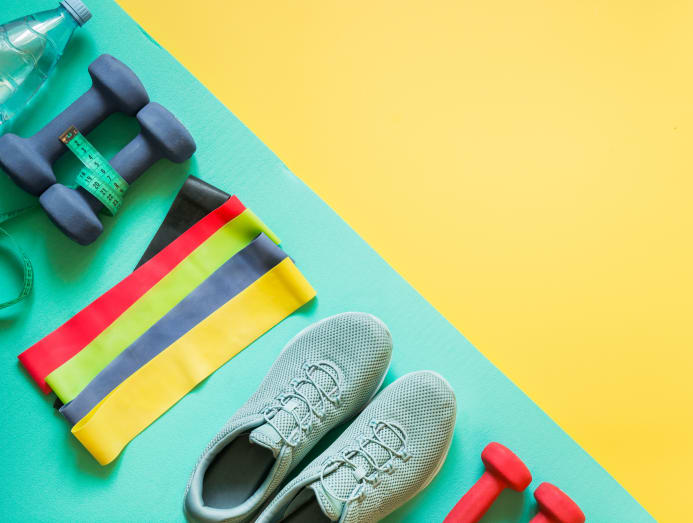
For beginners, a good starter kit would include resistance bands, an exercise mat and a few dumbbells. If space allows, you can invest in an adjustable bench and fitness ball as well. A variety of affordable exercise equipment can be found at Decathlon.
However, if you have no equipment, there are ways to get around that.
“There’s so much you can do with body weight alone,” said Chong, who cited a full range of exercises that don’t require any equipment, such as push-ups, sit-ups and leg raises.
If you do feel a need to incorporate some resistance, he advised using things you can find at home such as a school bag or bottles of water.
2. FIND A SPACE TO WORK OUT
Cramped HDB flat? No problem.
“You actually just need a little bit of space – enough to get down to a push-up position will suffice,” said Ian Tan, co-founder and COO of Ritual Gym. You should at least have enough space to fully extend your arms in front, back and to your sides.
Being in a confined space even has its benefits. By forcing you to control your movements, you remain conscious about the specific muscle groups you’re working on, said Twain Teo, an online health and fitness coach.
It’s also important to make sure that your workout space is clutter-free. “As long as there are no tripping hazards and nothing in your way, you can work out anywhere,” said Lim.
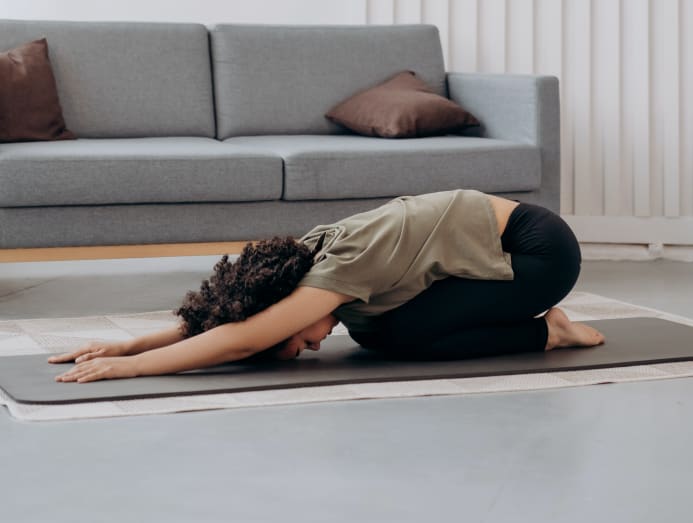
3. PICK A ROUTINE
With the sheer number of programmes and videos out there, it’s easy to get overwhelmed if you’re new.
As a general rule, aim for a range of workouts that develops different muscle groups. If you’re working out from home, the tendency is to gravitate towards workouts you like. While this may make things more enjoyable, Chong said it’s not the most holistic way to approach fitness.
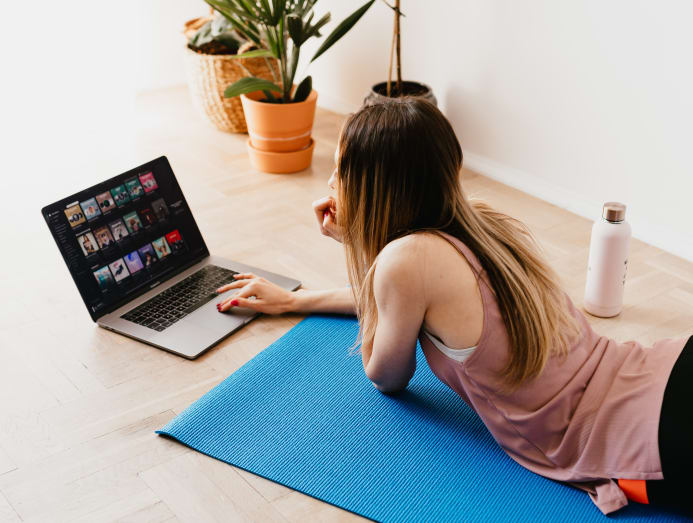
Instead, he recommended staggering different workouts throughout the week. For instance, working on your upper body on one day, and your lower body on another.
“Overworking a particular part over a long period of time usually will cause some strains and injuries. So when you pick a routine, do a mix and allow your body to rest as well.”
Alternatively, you could try incorporating different movements into your regular workout routine. According to Teo, you want a routine that incorporates four different kinds of movements: An upper body pull, an upper body push, a lower body movement, and a core movement.
Don’t have a specific routine in mind? Try these five exercises recommended by Chong.
Perform each exercise for about 15 to 20 reps, and do that for three sets. In between sets, rest for 30 seconds.
To mix things up, there are other sources to get your routines from, such as social media videos (avoid extreme workout videos), fitness apps and even personal trainers if you’re an advanced beginner (some even offer free consultation sessions).
Overall, beginners can follow a basic guideline of 40 minutes: 5 minutes warming up, 30 minutes working out, and five minutes cooling down.
4. TIME TO WARM UP
Now you know what to do. Before getting into it, remember to stretch. “One of the biggest mistakes people make is not warming up – especially when they’re working out from home,” said Teo.
Teo suggested dynamic stretches, for instance jumping jacks, because they get your body warm. He advised against static stretches which may actually make you weaker before starting your workout.
A good warm up lasts about five minutes, especially if you have been sitting the whole day.
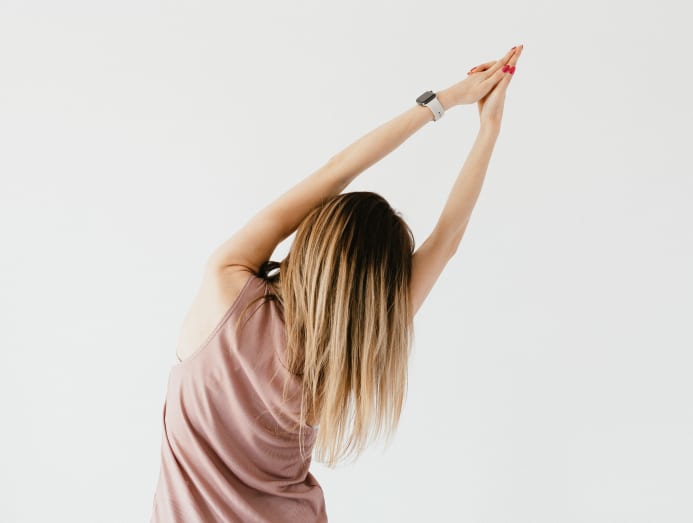
5. ACTUALLY START WORKING OUT
Here's the fun part: Actually executing the routine.
To get the most out of your workout, good form is important. According to Chong, the most common mistake among people working out at home is bad form. “If you’re a beginner, having a mirror in front of you to see how your body is moving would be a huge plus,” he said.
During your routine, it also helps to keep your movements controlled. "Focus on the quality rather than the quantity of your reps," advised Teo.
6. LISTEN TO YOUR BODY
At the same time, you should regulate the intensity of your workout.
To make sure that your workout is at a suitable intensity, Chong recommended doing a “talk test”. If you can talk normally while doing your workout, the intensity isn’t high enough. For your workout to be efficient, you should at least find yourself a bit breathless.
On the other hand, if you find yourself constantly breathless and can’t get a single word out, that would be at the high spectrum of intensity. While this isn’t necessarily a bad thing, Chong suggested slowly working your way up to this point instead.
“You don't always have to function at a very high intensity. But, of course, exercise needs to get your heart rate up to a certain level in order for you to reap the benefits.”
To avoid injuries, always remember to listen to your body. If you experience nausea and pain, Chong recommends lowering the intensity of your workout.

7. TIME TO COOL DOWN
To finish off your session, opt for a cooldown stretch to get your heart rate back down.
The simplest way is to take a short walk. Following which, you can do some static stretches such as a seated forward bend to reduce your body temperature and heart rate. Like warm ups, a cooldown stretch should last about five minutes.
8. STAY COMMITTED
Arguably, the hardest part of home workouts. When your couch, kitchen and TV are in close proximity, it’s tough to get out of bed and into your workout clothes in the first place. And even if you start, these will always be there to tempt you to postpone your session.
“Your home may be filled with multiple distractions such as the snacks from the kitchen, programmes on television, going online to surf, or your comfy bed,” said Lim.
To avoid procrastination, figure out what you want out of your workouts. Is it to burn calories? To build strength?
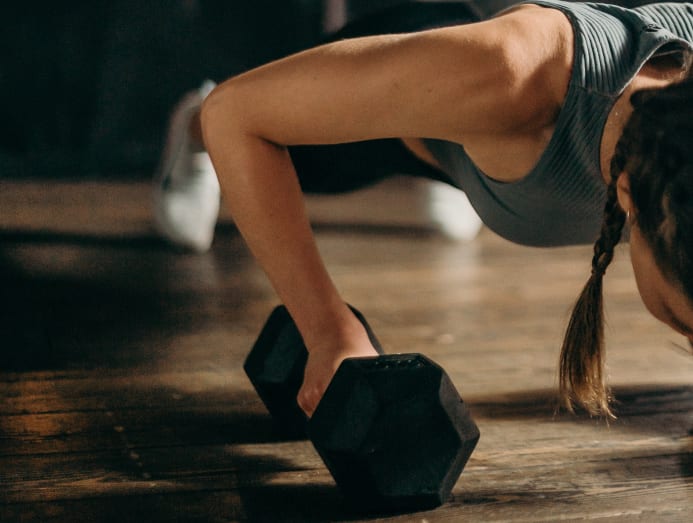
According to Teo, your ‘why’ is the most important factor when it comes to staying committed to your workout regime.
While many might approach workouts with the aim of weight loss, Tan recommended looking beyond calories burnt. “(Exercise) helps us function better cognitively, supports our mental wellbeing, and is the best way to invest in our long-term health,” he said.
For Teo, approaching exercise with the goal of weight loss can even be counterintuitive, because it frames exercise as punishment. “Exercise is not punishment,” he said. "It’s supposed to be a process by which you start to understand how capable your body is... it’s a very empowering thing.”
Here’s a quick list on how to stick to your regime:
- Mark out a space: Dedicate a space in your home to work out in. Putting on a video that you can follow also helps. “The moment the video is running, follow through the programme,” said Chong.
- Make it a habit: To foster a sense of discipline, Lim recommended planning workouts into your schedule and setting attainable goals, such as working out weekly on Tuesdays and Thursdays for at least 40 minutes.
- Invite your friends: If you’re the social type, working out in groups is the way to go. Whether it’s in person (if you’ve still got space at home) or over Zoom, meeting with a group of friends to work out can keep you accountable.
COMMON MISTAKES AND HOW TO AVOID THEM
- Not warming up before your routine: Dedicate at least 5 minutes before your workout to warming up.
- Only sticking to routines you like: Try out a variety of workouts. Go for a mix of cardio and resistance movements.
- Going too hard, too fast: Use your first 5 sessions to really just focus on doing the movements well. Once you have some confidence there, start picking up the pace.
- Working out only when motivated: Make a schedule and stick to it.
- Resting for too long: Keep a timer and include rest time in your checklist.
- Getting distracted by work, chores or family: Find a conducive time and space for your workouts.









